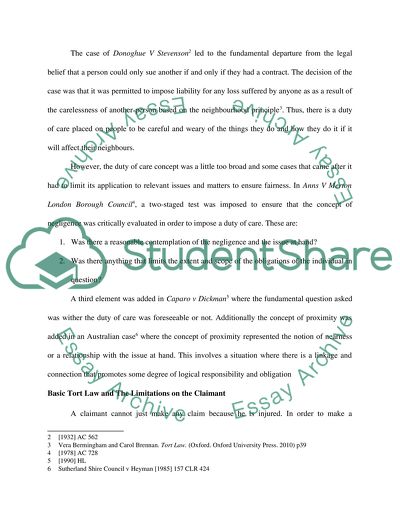Cite this document
(“Tort Law Question: 'the law on the recovery of compensation for pure Essay”, n.d.)
Retrieved from https://studentshare.org/law/1498450-tort-law-question-ychythe-law-on-the-recovery-of
Retrieved from https://studentshare.org/law/1498450-tort-law-question-ychythe-law-on-the-recovery-of
(Tort Law Question: 'The Law on the Recovery of Compensation for Pure Essay)
https://studentshare.org/law/1498450-tort-law-question-ychythe-law-on-the-recovery-of.
https://studentshare.org/law/1498450-tort-law-question-ychythe-law-on-the-recovery-of.
“Tort Law Question: 'The Law on the Recovery of Compensation for Pure Essay”, n.d. https://studentshare.org/law/1498450-tort-law-question-ychythe-law-on-the-recovery-of.


